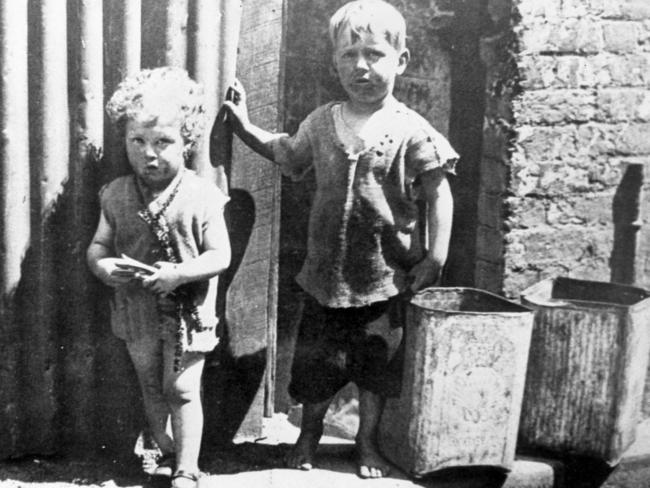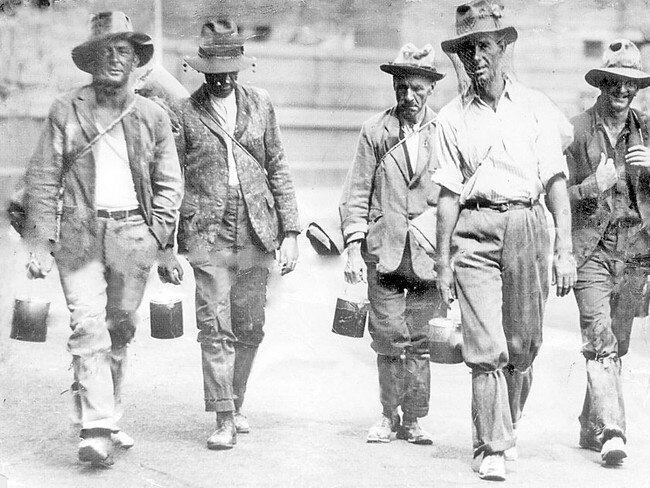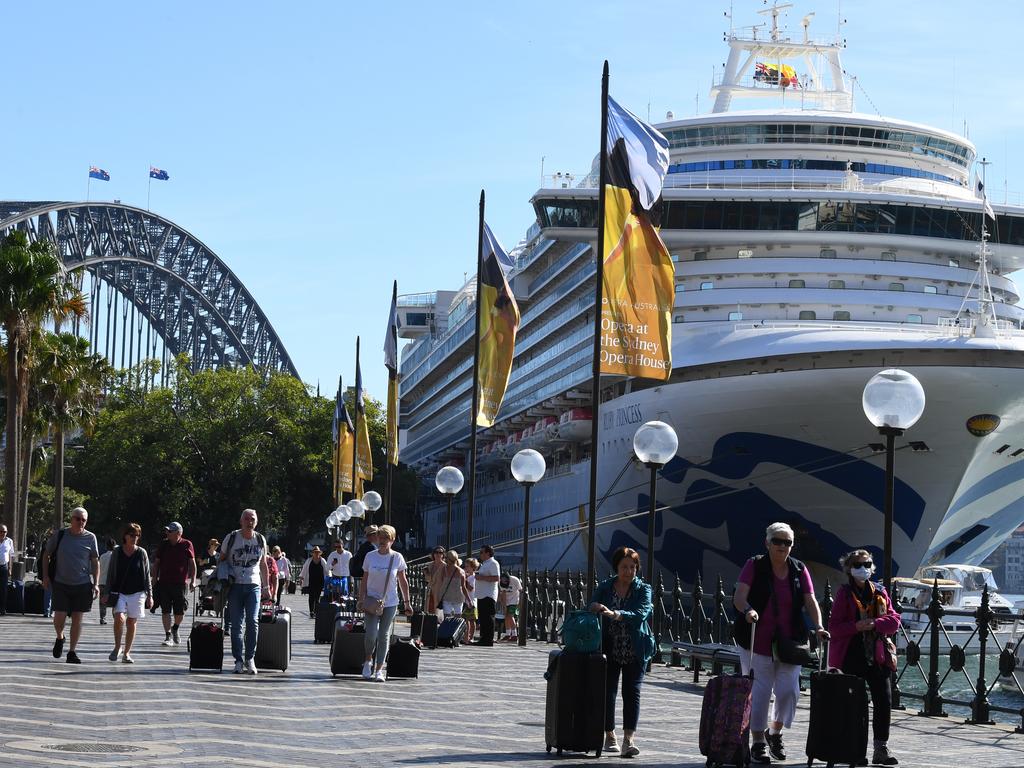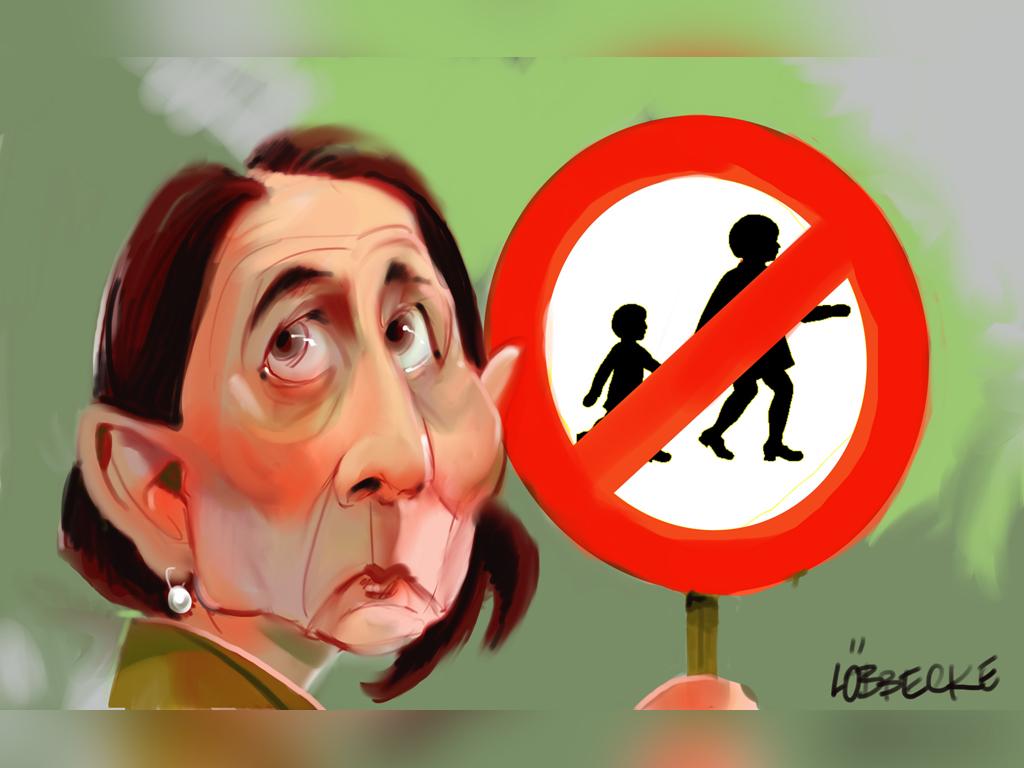
JPMorgan reckons output will contract 10 per cent in the second quarter this year, about the same as it did in 1931 — the first year of the Depression.
In October 1929, equity prices fell about 40 per cent in a couple of months, not too much more than key indices have dropped globally in recent weeks.
That’s where the similarities end. The Depression was much worse than the serious trial we face today. It emerged as a result of the vicissitudes of the business cycle, a sudden collapse in global demand.

Even if growth does collapse 10 per cent or more, it’s a hibernation more than a depression — a slowdown deliberately engineered by government to save lives, the first recession by fiat in our history.
In the early 1930s, the price of our exports — then mainly wool, wheat, butter and meat — collapsed by almost half in two years. This time, our main commodity prices are even higher than forecast. Iron ore, still our most valuable export, was trading at more than $80 a tonne this week, far above December’s budget forecast, which assumed $55 a tonne by mid-year.
The jobless rate surpassed 30 per cent by 1932 (although some historians put it nearer 20 per cent — there was no seasonally adjusted, monthly job market survey then). This time, a rise to between 8 and 11 per cent is expected by the end of the year.
Moreover, the workers most affected, in retail, hospitality and entertainment, tend to be younger and less dependent on their job for their family’s survival than the family breadwinners who lost their jobs in droves in the 30s, and 90s. Moreover, when demand roars back once the restrictions are lifted, such workers can easily be rehired without significant training. There are also far more two-income households.

Our financial system appears in better shape. In the Depression the Government Savings Bank of NSW failed. Commonwealth Bank chief executive Matt Comyn told the ABC on Tuesday night he didn’t expect to lay off a single worker.
In the 30s, per capita we were poorer than New Zealanders. Now we’ve overtaken most countries and have an extensive — and supercharged — social security net for the unemployed and small businesses that will avoid the mass poverty witnessed on the streets in the 30s.
“Tens of thousands of boys and girls were undernourished and thinly clad in winter,” writes Geoffrey Blainey in his Shorter History of Australia.
They might have been roaring in the US, but growth here was stagnant. Even in a relative sense, the economy has entered the 2020s in better shape than it left the 1920s, when unemployment was already approaching 10 per cent and major industries, from mining to shipping, were gripped by vicious strikes. Both then and now, the economic threat came from overseas — a virus and a slump in demand for exports.
The Depression was long — it wasn’t until 1938 that output was back at 1925 levels. Even if a vaccine is 12 months away, this contraction will be markedly shorter.








There are some eerie similarities between our grim economic outlook and the Great Depression of the 1930s.